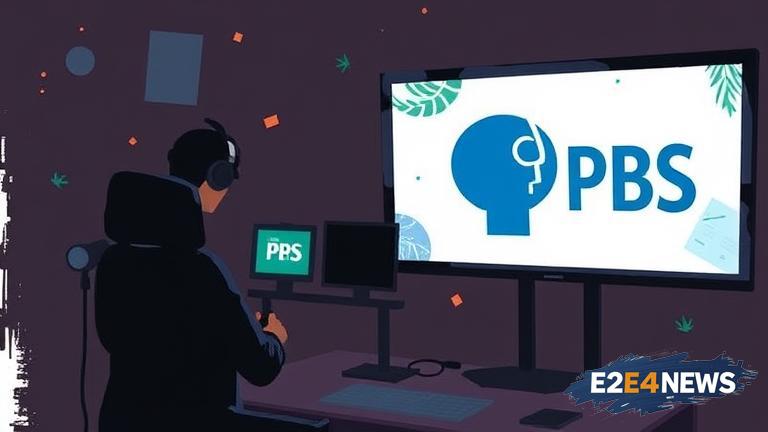California’s public media landscape is facing a crisis as NPR and PBS stations across the state are being forced to cut staff and programs due to significant funding cuts. The reductions are a result of decreased financial support from the state and federal governments, as well as declining revenue from traditional sources such as membership drives and corporate sponsorships. Many of these stations have been serving their local communities for decades, providing high-quality journalism, educational programming, and cultural content. The cuts will not only affect the stations’ ability to produce local content but also impact the livelihoods of hundreds of employees who work in the industry. Some stations have already begun to implement the cuts, with others expected to follow suit in the coming weeks and months. The funding crisis is not unique to California, as public media outlets across the country are facing similar challenges. However, the situation in California is particularly dire due to the state’s large and diverse population, which relies heavily on public media for news, information, and entertainment. The cuts will disproportionately affect rural and underserved communities, which often have limited access to other sources of news and information. In response to the crisis, public media advocates are calling on state and federal lawmakers to increase funding for public media outlets. They argue that public media plays a critical role in promoting civic engagement, education, and cultural enrichment, and that the cuts will have long-term consequences for the health of democracy and the well-being of communities. Some stations are exploring alternative funding models, such as partnerships with private foundations and corporations, to help offset the losses. However, these efforts are unlikely to fully replace the lost funding, and the long-term sustainability of public media in California remains uncertain. The crisis is also having a ripple effect on the broader media landscape, as public media outlets often serve as a training ground for young journalists and media professionals. The cuts may lead to a brain drain of talented individuals who are forced to seek opportunities elsewhere. Furthermore, the reduction in local programming and content may create a void that is filled by national or international media outlets, which may not have the same level of understanding or connection to local communities. As the situation continues to unfold, public media advocates and stakeholders are urging lawmakers and community leaders to take action to support public media outlets and ensure their continued viability. This may involve increasing funding, exploring new revenue streams, or developing innovative partnerships and collaborations. Ultimately, the fate of public media in California will depend on the ability of stakeholders to come together and find solutions to the funding crisis. The consequences of inaction could be severe, with potential long-term impacts on the health of democracy, the quality of journalism, and the cultural enrichment of communities. In the short term, the cuts will result in a reduction in the quality and quantity of local programming, as well as a loss of jobs and economic activity. However, with concerted effort and support, it may be possible to mitigate the effects of the crisis and ensure the continued vitality of public media in California. The road ahead will be challenging, but public media advocates remain committed to finding solutions and ensuring that these vital institutions continue to thrive. As the media landscape continues to evolve, it is essential that public media outlets are able to adapt and innovate in order to remain relevant and effective. This may involve embracing new technologies, formats, and distribution channels, as well as developing new revenue streams and partnerships. By working together and exploring new opportunities, it may be possible to create a more sustainable and resilient public media ecosystem in California. The future of public media in the state is uncertain, but with determination and creativity, it is possible to build a brighter future for these vital institutions.
